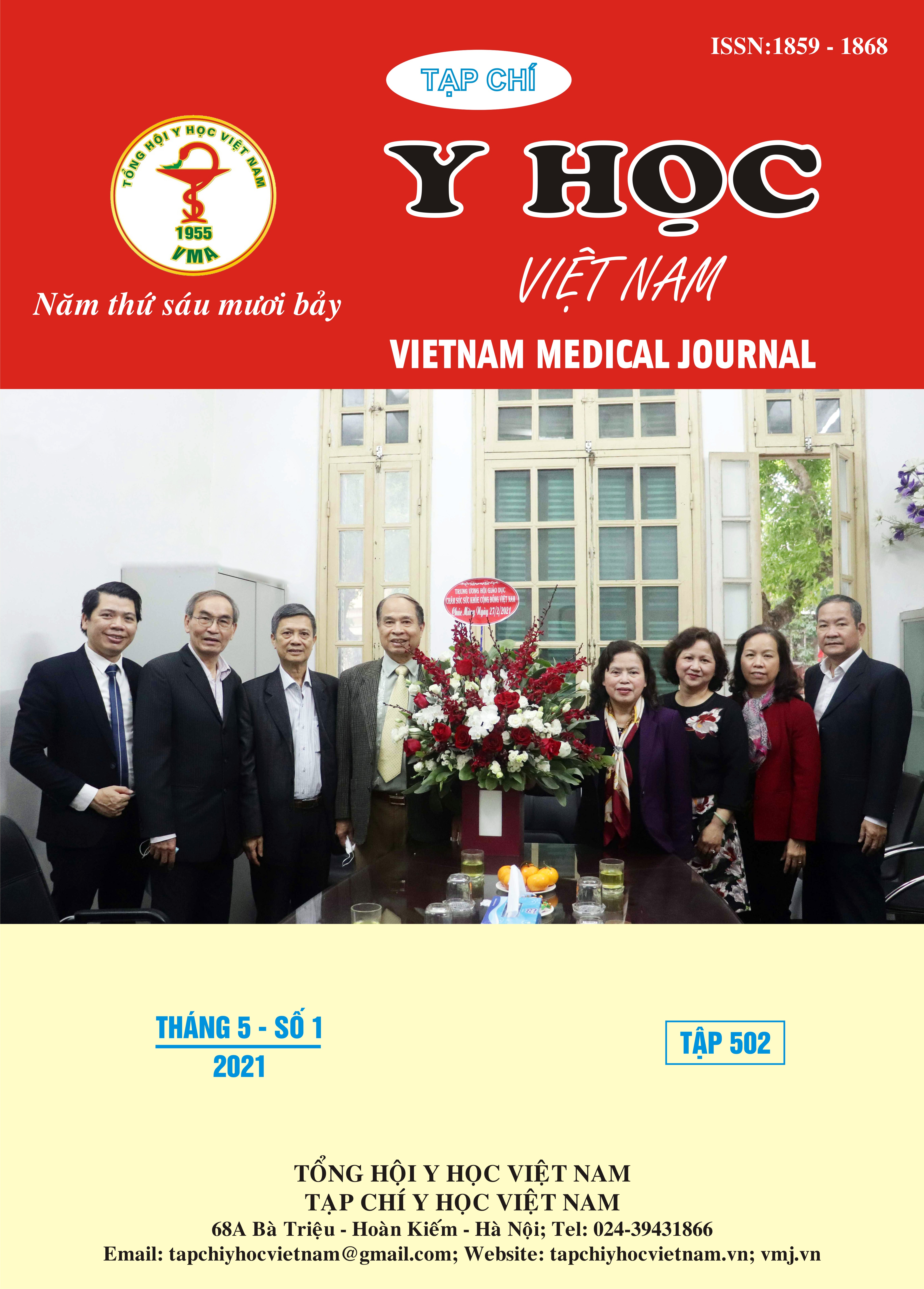ROOT CHARACTERISTICS OF THE FIRST LOWER MOLARS ON CONEBEAM CT IN DENTAL TREATMENT
Main Article Content
Abstract
Objectives: The aim of the study is to determine the prevalence of the first lower molars that have two roots or three roots (two main roots and additional distal-lingual root) in Vietnamese on ConeBeam CT. Subjects and methods:The study was conducted on 166 patients who had exposured using CBCT indicated by dentists in Nguyen Trai Dental CT Central, HoChiMinh City, from October 2015 to June 2016. The CBCT digital images were captures using Picasso Trio (Ewoo Vatech, Korea) with the standard conditions and postures of patients. CBCT digital images were displayed on the 14 inches flat monitor, at 1366 x 768 pixel resolution with EzImplant CD viewer software. The first lower molars with two roots and three roots were recorded. The number of roots of the first lower molars was determined by moving cross-sectional slices from enamel-cement junction to the apex. The number of roots of the first lower molar was observed in three planes. Results: The first lower molars with two roots were at 83.7%. The rate of person who had the first lower molars with three roots was 16.3%. The situation of the first lower molars with three roots can be symmetrical or asymmetrical. There was no differences about sex, positions of the first lower molars with three roots. Conclusion: The prevalences of two roots of the first lower molars accounts for the largest portion.
Article Details
Keywords
Root, first lower molar, ConeBeam CT
References
2. de Pablo O. V., Estevez R., Peix Sanchez M., et al. (2010), "Root anatomy and canal configuration of the permanent mandibular first molar: a systematic review". J Endod, 36(12), 1919-1931.
3. Chen Y. C., Lee Y. Y., Pai S. F., et al. (2009), "The morphologic characteristics of the distolingual roots of mandibular first molars in a Taiwanese population". J Endod, 35(5), 643-645.
4. Curzon M. E. (1974), "Miscegenation and the prevalence of three-rooted mandibular first molars in the Baffin Eskimo". Community Dent Oral Epidemiol, 2(3), 130-131.
5. Gulabivala K., Opasanon A., Ng Y. L., et al. (2002), "Root and canal morphology of Thai mandibular molars". Int Endod J, 35(1), 56-62.
6. Schafer E., Breuer D. ,Janzen S. (2009), "The prevalence of three-rooted mandibular permanent first molars in a German population". J Endod, 35(2), 202-205.
7. Ishii Namiko, Sakuma Ayaka, Makino Yohsuke, et al. (2016), "Incidence of three-rooted mandibular first molars among contemporary Japanese individuals determined using multidetector computed tomography". Legal Medicine, 22, 9-12.
8. Serene T. P. ,Spolsky V. W. (1981), "Frequency of endodontic therapy in a dental school setting". J Endod, 7(8), 385-387.


